On February 9, 1919, the National Woman’s Party burned President Woodrow Wilson in effigy in front of the White House in one of the most spectacular demonstrations for women’s voting rights during the campaign for the 19th Amendment.
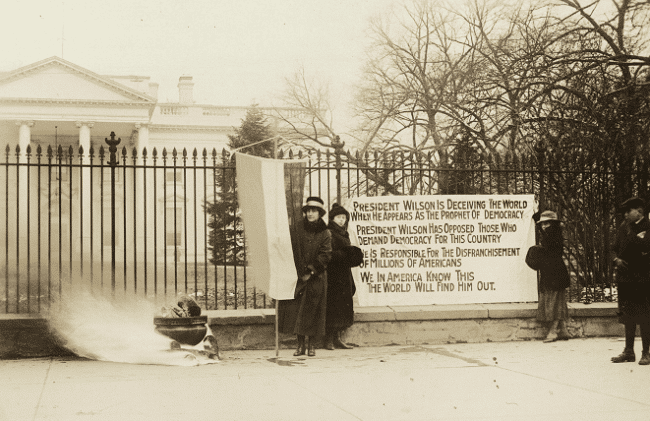
National Women’s Party watchfires burn outside White House throughout January 1919, a prelude to the effigy-burning of Feb. 9. One banner reads, “President Wilson is deceiving the world when he appears as the prophet of democracy. President Wilson has opposed those who demand democracy for this country. He is responsible for the disfranchisement of millions of Americans. We in America know this. The world will find him out.” Source: Library of Congress
Party members Nell Mercer from the Norfolk area of Virginia and Elizabeth McShane of Uniontown, Pennsylvania, carried the urn of fire; Sue White of Nashville, Tennessee, and Gabrielle Harris of Columbia, South Carolina, dropped the 2-foot-tall straw-stuffed paper doll of Wilson into the flames — and police quickly arrested the four women along with dozens of others.
Wilson was not in the White House at the time; he was away for several weeks participating in the Paris Peace Conference to formalize the end of World War I. However, the National Woman’s Party had contended that the president had been slow to support women’s suffrage for several years and then did not do enough to persuade fellow conservative Democrats in Congress to vote for the 19th Amendment.
The National Woman’s Party chose Feb. 9 for the effigy-burning because the U.S. Senate was scheduled to vote on the 19th Amendment on Feb. 10 but feared that the measure would narrowly fail.
“We burn not the effigy of the President of a free people, but the leader of an autocratic party organization whose tyrannical power holds millions of women in political slavery,” effigy-burner Sue White declared as police pushed her into a patrol wagon, according to a New York Times report.
O ther women waved banners with statements such as, “The President is responsible for the betrayal of American women” and “He preaches democracy abroad and thwarts democracy here.”
ther women waved banners with statements such as, “The President is responsible for the betrayal of American women” and “He preaches democracy abroad and thwarts democracy here.”
Police arrested dozens of women and had to commandeer several private motor vehicles to take the demonstrators to lockups because all the paddy wagons were full, according to suffragist Doris Stevens, who participated in the Feb. 9 activities and wrote about the event in her 1920 book, Jailed for Freedom. Also, so many women were being rounded up that military police and Boy Scouts had to assist the Washington police, a New York Times report said.
The effigy-burning came after several weeks of burning copies of Wilson speeches that mentioned the words democracy, freedom, or liberty in a series of “watchfires of freedom” near the White House.
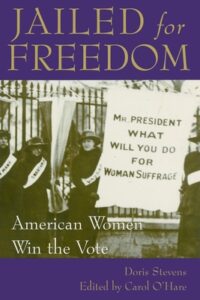 “We were powerless to secure the last vote. That was still the President’s problem. Knowing that he always put forth more effort under fire of protest from us than when not pressed, we decided to make as a climax to our watchfire demonstrations a more drastic form of protest. We wanted to show our contempt for the President’s inadequate support which promised so much in words but did so little in deeds to match the words,” Stevens wrote in Jailed for Freedom.
“We were powerless to secure the last vote. That was still the President’s problem. Knowing that he always put forth more effort under fire of protest from us than when not pressed, we decided to make as a climax to our watchfire demonstrations a more drastic form of protest. We wanted to show our contempt for the President’s inadequate support which promised so much in words but did so little in deeds to match the words,” Stevens wrote in Jailed for Freedom.
As projected, the 19th Amendment missed passing the Senate by one vote on Feb. 10. Suffragists, however, kept up the pressure through a variety of activities. Wilson finally called a special session of Congress, and the House of Representatives approved the amendment on May 21, 1919, by a 304-89 vote. The Senate followed suit on June 4, by a 56-25 vote in favor, with 14 not voting. The amendment achieved ratification from the then-necessary 36 states on Aug. 18, 1920.
By Michael Knepler, who prepares occasional #tdih posts for the Zinn Education Project.

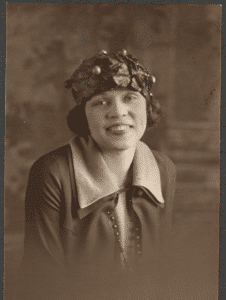

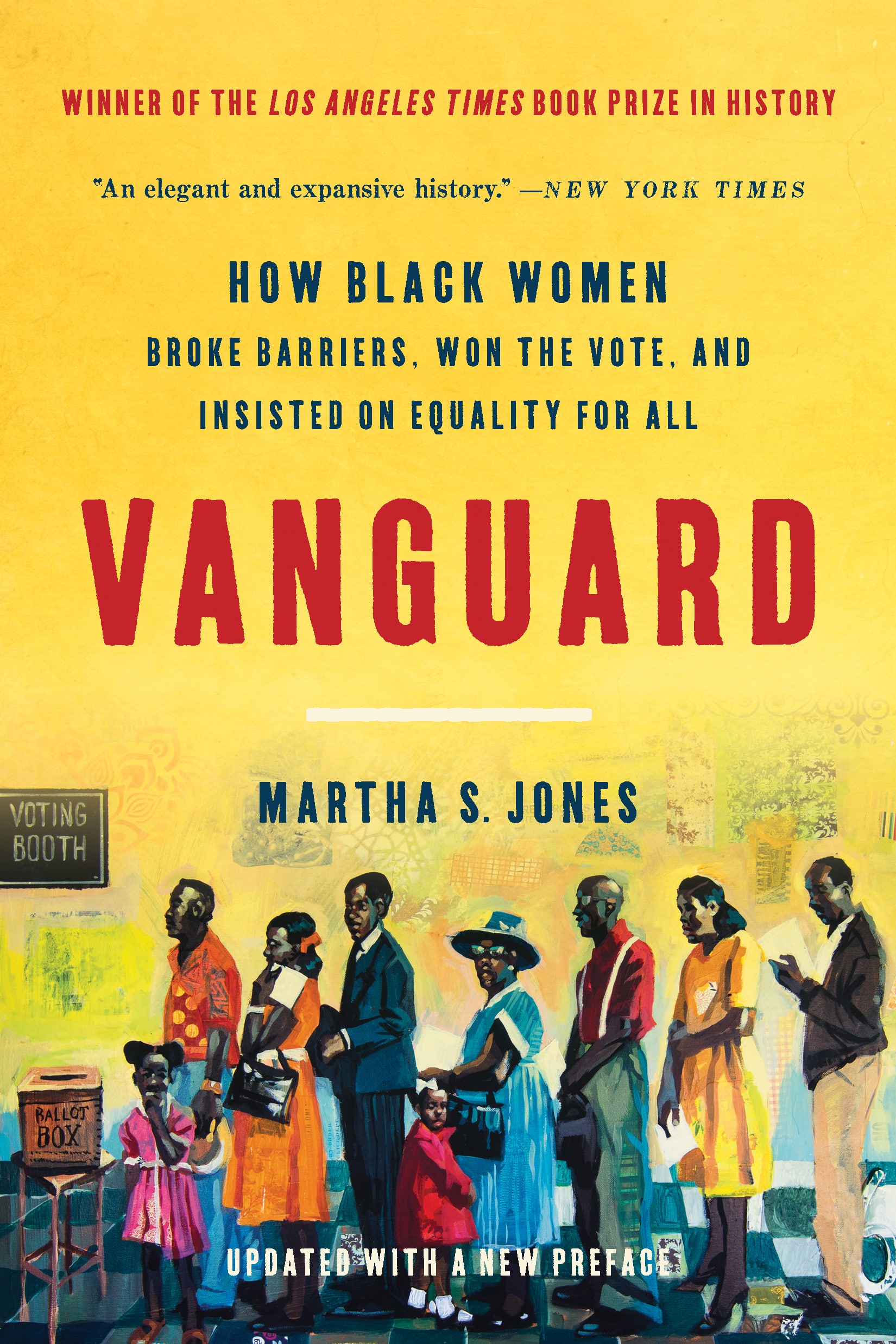
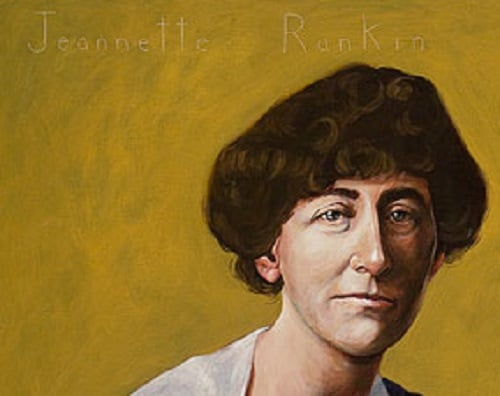
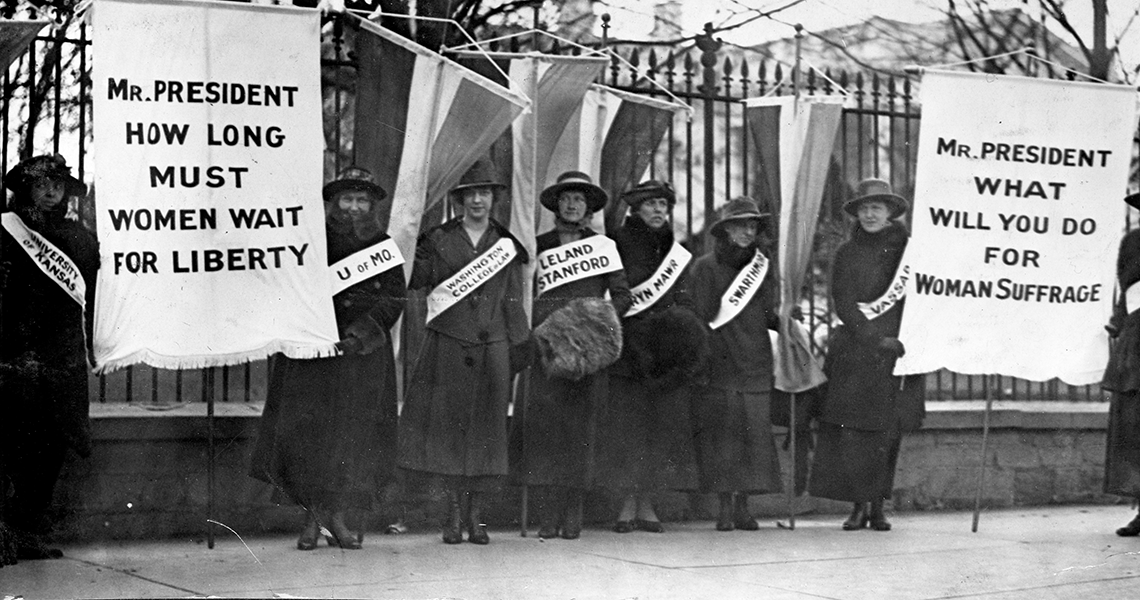





Twitter
Google plus
LinkedIn